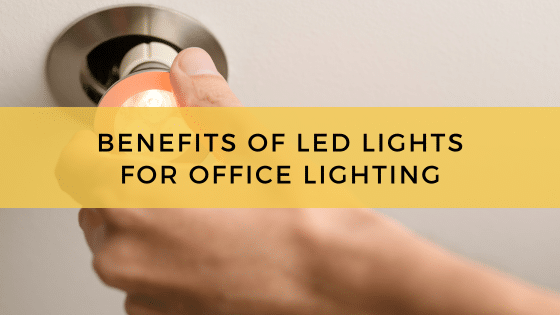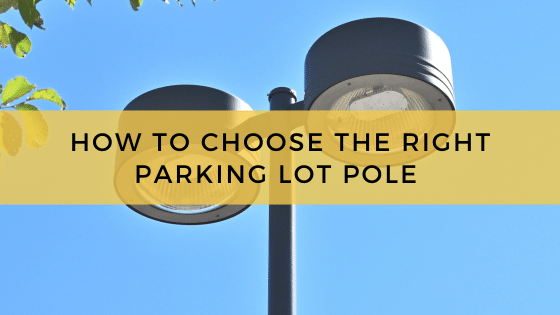
Pickleball is one of the country’s fastest growing sports, so it’s no surprise that many cities and municipalities are repurposing their sports courts for pickleball playing.
Many pickleball court conversion projects involve tennis courts. However, many overlook the fact that a basketball court is an ideal option when it comes to repurposing a court to make a pickleball court.
Why Basketball Courts are Ideal for Pickleball Conversions
Tennis and pickleball are both racquet sports played on surfaces that look a lot alike. When municipalities are searching for areas to install new pickleball courts, tennis is often the first choice. There’s a problem, though: Pickleball courts use markings and dimensions that don’t line up well with tennis courts.
A standard tennis court measures 36 x 78 feet, though most courts have an extended out-of-bounds area that brings the final size to 60 x 120 feet. A pickleball court is 20 x 44 feet, so it is possible to install four pickleball courts on a single tennis play surface. However, there won’t be much space between those courts, so getting a light between them is challenging. Court markings are an issue as well, and you will have to add several lines to the surface to make it usable for pickleball players.
Basketball courts are also large enough (94 x 50 feet) to repurpose into multiple pickleball courts. If fact, this space can accommodate three of them fitting next to each other comfortably, with plenty of room between them to install adequate lighting. Even better, the court lines used on a basketball court line up well with pickleball courts, making conversion easier.
Repurposing a Basketball Court for Pickleball
When repurposing a basketball court for pickleball players, you can use the division line (the line separating both halves of the court) for net placement. Alternatively, you can use the key (also called the free throw line) for the net’s placement.
That Is only one example of basketball and pickleball aligning well, dimension-wise. Other examples include:
- The length from the division line to either basket is 47 feet – which is almost identical to the length of a pickleball court.
- The length from the division line to the three-point line is 22 feet – the exact length needed for half of a pickleball court.
- The width of the painted area is just a little over 20 feet – the perfect width for a pickleball court.
The point is that a basketball court requires fewer modifications to repurpose it into a pickleball court. The only thing you’ll need is a net, but portable pickleball nets are inexpensive and can easily be rolled out and put away when not in use. The standard height of a pickleball net is slightly lower than a tennis net (34″ vs. 36″), so while you can play pickleball using a tennis net, it is not recommended and may interfere with the game. As such, having tennis nets available doesn’t necessarily make for an easier conversion to pickleball courts.
Repurposing a Court for Pickleball: Lighting Considerations
If you are repurposing a court for pickleball, lighting will be a primary consideration. As many pickleball conversions involve tennis areas, it is worth considering the differences in lighting requirements between tennis and pickleball courts:
- Tennis courts – For recreational level play, lighting should provide between 20 and 30 footcandles of luminous intensity, with a min/max ratio of 3.0.
- Pickleball courts – For recreational level play, 30 footcandles are recommended as a minimum. A min/max ratio of 2.0 is recommended.
What should jump out is the min/max ratio. This describes the difference, in lighting intensity, between the brightest and darkest parts of the court. Pickleball has stricter requirements, as the brightest and darkest areas must be closer together in perceived brightness to the player – meaning less lighting contrast. Tighter min/max ratios are more difficult to achieve, therefore pickleball’s lighting requirements are stricter. A pickleball ball is smaller and flies quickly over short distances, so higher quality lighting that is properly positioned is required for play.
Lighting a Repurposed Pickleball Court
The above illumination requirements can be achieved with an LED lighting system designed by an experienced lighting company that can provide photometric analysis services.
Photometric analysis is a precise method of lighting design that allows the designer to visualize the project in detail before a single fixture is installed. This includes:
- Calculating the exact footcandle values of every square foot of the property, using the current fixture and placement specifications.
- Switching different fixtures and lights in and out to experiment with various configurations.
- Ensuring all project requirements are met – in terms of optimizing illumination intensity and placement (i.e., no lighting trespass).
- Calculating the expected power consumption (and its associated utility cost) of the current configuration.
In short, if your lighting partner can perform photometric analysis, they will be equipped to offer the most cost-efficient, best-performing system possible.
For example, pickleball courts are best illuminated with a set of four LED fixtures mounted on 20-foot-high poles. This provides an optimal mix of lighting coverage and intensity and can work with one or multiple courts.
Repurposing a Court for Pickleball? Don’t Forget the Lighting
When repurposing a court into a pickleball playing area, most of the focus will be placed on markings and the net, but the court’s lighting also needs attention. Brighter, sharper lights will be needed for your pickleball players – illumination that can be achieved by partnering with an experienced lighting provider who provides photometric analysis.















